Do I need planning permission for windows? Experts explain the rules for changing your existing frames and adding new openings
Whether you want to replace existing windows or introduce new openings to your home, we take a closer look at whether formal consent is required
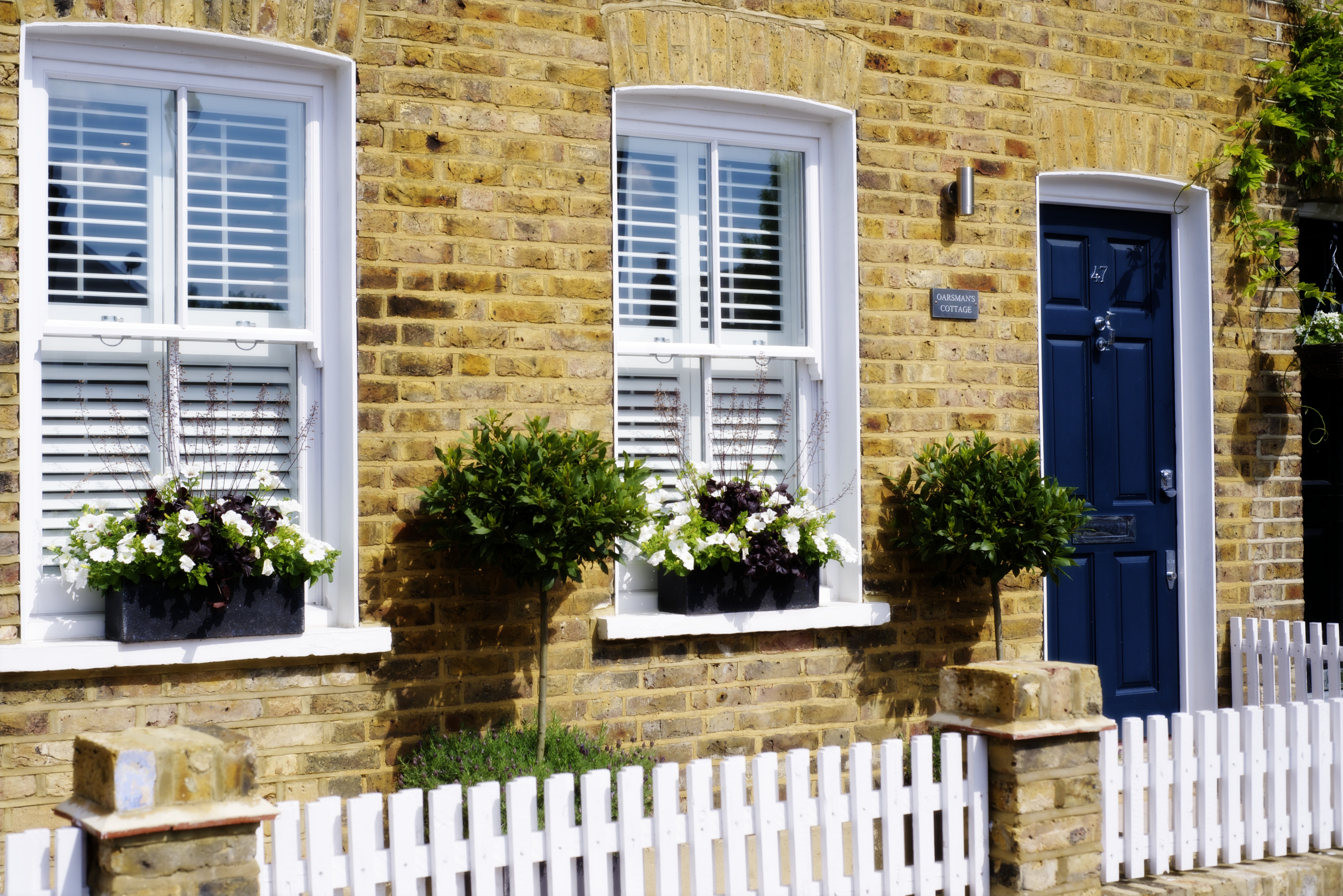

If your goal is to establish a home with fresh, sun-soaked interiors, it’s likely you’ve already considered upgrading your windows to maximise the amount of sunshine coming in, or even toyed with the idea of installing completely new openings.
It’s possible that changing the exterior of your house – including replacement windows – might trigger the need to apply for planning permission from your local council. But when it comes to planning matters, things are rarely clear cut.
We spoke to the experts to find out whether it’s possible to change your windows without the need to make a full planning application, and the various factors that might affect what you’re able to do.
Do I need planning permission to change my windows?
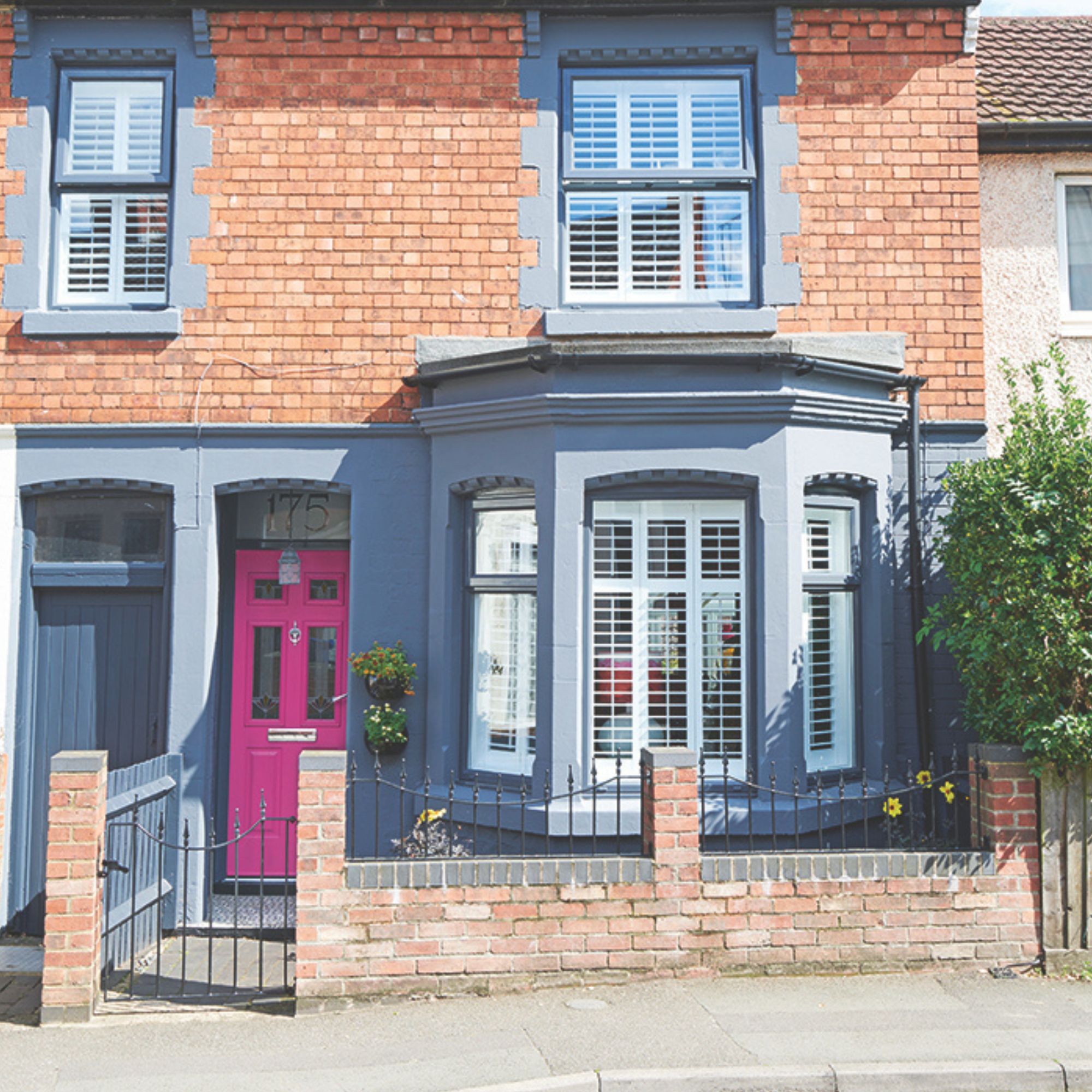
Typically, if you’re switching existing windows with like-for-like replacements, planning permission is not required. If you’re replacing the windows on a house, providing your new windows are ‘similar’ in appearance to the original set – essentially, with frames of the same size and colour overall – you would usually be allowed to proceed without submitting a planning application.
Rules tend to allow you to change the material of the frames, providing the new ones still look similar to the originals. For instance, if you plan to switch timber frame windows for wood-effect uPVC units.
This is because changing your windows is one of those home improvements that falls under what’s known as Permitted Development. This set of rules was introduced to simplify and streamline the process of various home improvement projects, making numerous upgrades possible without the need to go down the formal planning permission route.
'Flats, however, do not have the same rights,' says Stephanie Dale from Studio Webster Dale. 'You can only replace windows without permission if they are exactly like for like. Leaseholders should also obtain permission from their freeholder.'
Get the Ideal Home Newsletter
Sign up to our newsletter for style and decor inspiration, house makeovers, project advice and more.
However, before going ahead and installing your replacement windows, it’s important to check whether Permitted Development (PD) rights actually apply to your property. For instance, if you live in a designated zone such as a Conservation Area or an Area of Outstanding Natural Beauty, PD allowances do not apply.
'If you live in a listed building then you will always require Listed Building Consent to change windows,' says Stephanie. 'It is a criminal offence to make changes to a listed building without it.' If in doubt, always touch base with your local authority before making any changes to the exterior of your property.

Stephanie is an architect with over 20 years of experience and co-founded Studio Webster Dale in 2016. The practice specialises in sustainable, domestic projects, working closely with clients to produce elegant, creative solutions. Maximising daylight and creating connections with the outdoors is at the centre of their work so amending windows is an everyday occurrence.
Do I need planning permission to add a new window opening?
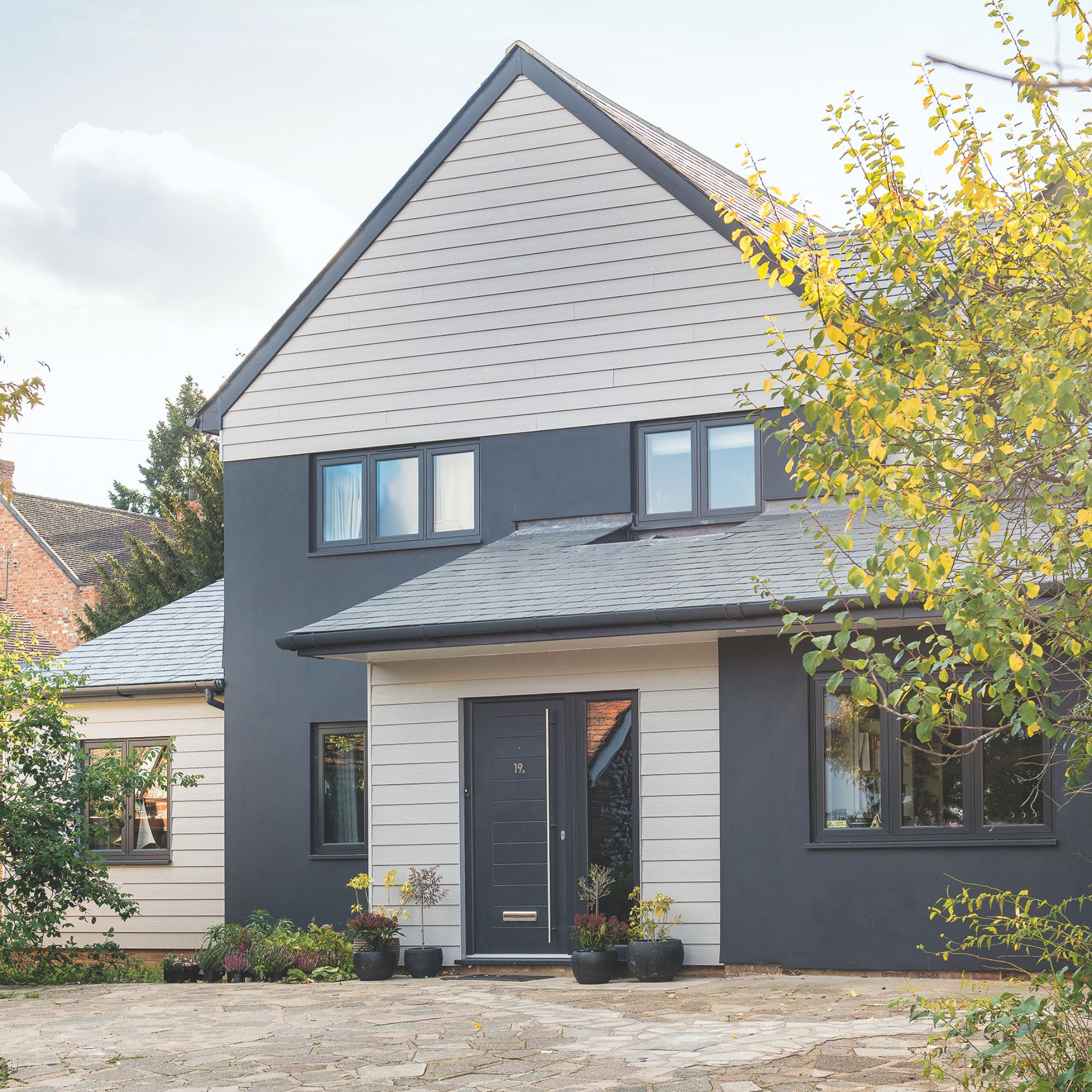
As in many scenarios where planning permission is concerned, the frustrating answer to this question is – it depends.
If you’re the owner of a house, it is possible to create a new opening under PD rights providing it follows a similar style to your existing windows. Bear in mind, there’s usually more leeway if you’re installing a new opening to the back of the property rather than the front.
'If the windows are of a similar size and appearance, this falls within PD rights. However, if they significantly differ in appearance or size, it’s worth checking beforehand with your local authority,' says Collette Raine from PAD Studio.
'An example would be that a bay window would be treated as an extension, or if you were inserting four windows of random sizes and colours,' says Collette.
Most authorities would also require you to apply for formal planning permission if you’re inserting a new window opening facing the highway (ie likely on the same side of your house as your front door). This is why there’s a little more wiggle room when it comes to making changes at the rear of your property.
You can check the full criteria of what’s possible under planning permission via the Planning Portal or by contacting your local authority directly.

Collette has been an integral part of the PAD Studio team for over eight years, bringing a deep passion for interior architecture and sustainability to her role. Her design skills are complemented by her recent certification from the Climate Literacy Project, which underscores her commitment to environmental consciousness and aesthetic excellence.
Do I need planning permission to change a window to a door?
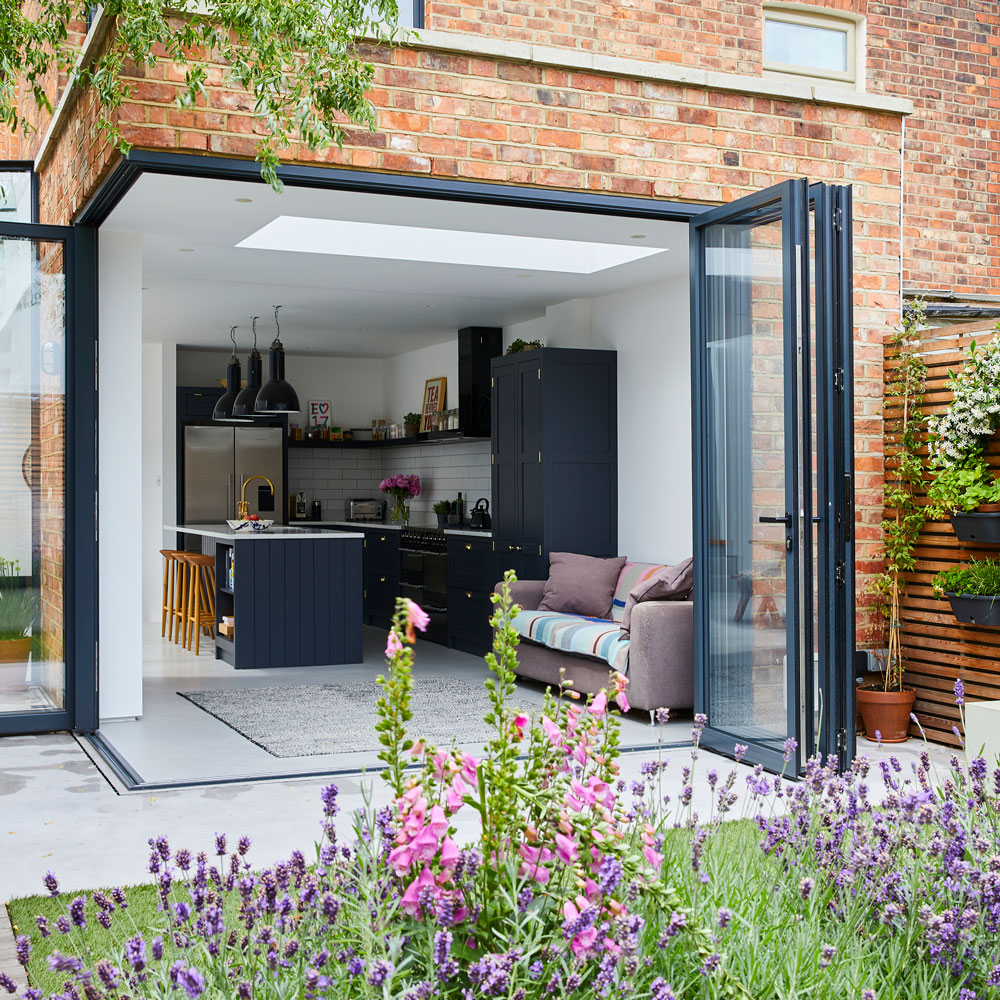
As with above, there’s a lot more scope to make alterations to the rear of your house rather than the front. And that applies if you want to change a window into a door
'If you’re looking to make these changes to the back of your property, then you would not normally need to obtain planning consent,' says Darren Bray from Studio BAD. 'However, you probably would if you were making changes to the front elevation.'
Regardless of the position of the changes you’re making in terms of window/door openings, physically altering the building in this way would require sign off from Building Control.

Darren has over 25 years’ experience working as a qualified architect. Having worked on a diverse selection of award-winning projects across the UK, including bespoke high-end homes, contemporary house extensions and the sympathetic reworking of heritage and listed buildings, he is perfectly placed to offer expert advice on glazing solution.
Can I put a new window on the side of my house without planning permission?
In some instances, it is possible to fit a new window on the side of your house in accordance with the parameters set out by Permitted Development. However, any new side window that could have an impact on the privacy of a nearby building will need careful consideration.
'Permitted Development rights state that windows on any upper floor, located either in a wall or on the roof slope forming part of a side elevation overlooking a neighbour, should have obscure glazing,' says William Tozer of William Tozer Associates.
'It should not be openable if the window is less than 1.7m above the finished floor of the room in which the window is being installed,' says William.

Dr William Tozer is an architect and founded William Tozer Associates in 2002. Alongside numerous other project types, some abroad, the practice has accumulated extensive experience in the refurbishment and extension of terraced, semi-detached and detached houses in London and elsewhere in the UK. Specialists in modern architectural house additions.
Does double glazing require planning permission?
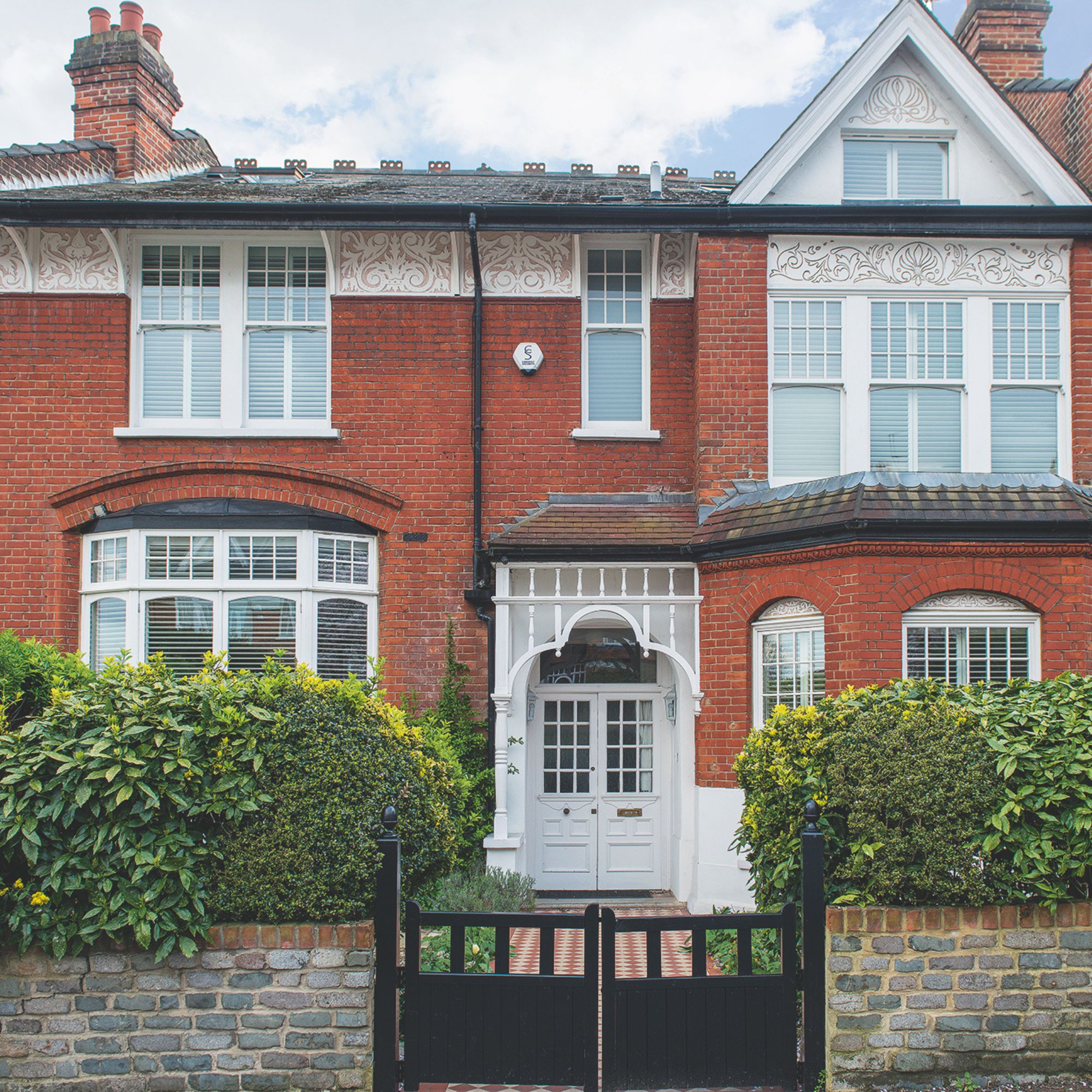
In the drive to slash energy bills, upgrading single glazed windows to double- or even triple-glazed units will provide an additional barrier to help keep precious heat inside your home.
'To simply change the glass from single to double-glazing shouldn’t require permission – unless you’re in a listed property or Conservation Area,' says Matt Higgs from Kloeber. 'If so, there may be restrictions on the exact thickness of glass that can be used so the appearance remains in keeping.'
That doesn’t mean it isn’t possible to switch single-glazed units for units that offer better thermal efficiency – your local planning officer may just require detailed drawings, and potentially samples, to see the proposed design of your new units.
There are also alternatives for homeowners that can’t upgrade to double-glazed windows. 'You will often see original windows that cannot be replicated in double glazing eg an historic stained-glass window,' says William.
'In this scenario you could consider secondary glazing as an alternative. This solution is considered an appropriate alternative for listed buildings as it is not permanent, whilst also providing great insulation qualities and sound proofing,' says William.

With involvement in manufacture and construction for 30 years, Matt’s experience includes production management, design, engineering, project/contract management and 16 years advising self-builders, architects, developers and home improvers on doors and windows at Kloeber.
FAQs
Do building regulations apply when changing or adding new windows?
Building regulations always apply when changing or adding new windows. When it comes to getting the work signed off, there are two possible routes you can take.
'You can either get the windows installed by a registered company that can self-certify through recognised bodies like CERTASS or FENSA, or you can have building control sign off the specification and installation,' says Matt from Kloeber. FENSA, for instance, is a government-authorised scheme that monitors quality to ensure installations comply with the standards laid out by building regs.
'There’s no right or wrong way of doing this,' says Matt. 'If you’re having other building works done, it will be signed off by building control as part of the complete works, so you may not need the installer to certify.'
What action should I take if I’m unsure about changing my windows?
If you have any concerns that upgrading your windows might be contentious from a planning perspective, contact your local authority to double check. Even if the works do fall under Permitted Development, it’s always worth obtaining a Certificate of Lawful Development for peace of mind.
'This certificate essentially says that the works did not require planning permission,' says Stephanie from Studio Webster Dale. 'You are likely to require this document if you ever come to sell the property.'
If it turns out you do need planning consent to make the changes to your windows you want, you might find consent comes with planning conditions attached. These will need to be followed otherwise the permission will be withdrawn.

Rebecca Foster started her journalism career in Bangkok in 2013, where she worked on the in-house editorial team at a luxury homes magazine. Since then, Rebecca has contributed to numerous property and interiors titles in the UK and Southeast Asia. She re-located to London in 2015 to work at one of the country’s leading self-build and home renovation magazines. In 2017, she left her job to split her time between freelance journalism and teaching yoga.
-
 This £20 telescopic hose brush did such a good job cleaning my windows I sacked my window cleaner and saved £100
This £20 telescopic hose brush did such a good job cleaning my windows I sacked my window cleaner and saved £100It's a game-changer for sparkling glass
By Jenny McFarlane
-
 Pest experts reveal eucalyptus is the secret ingredient for keeping rats off your bird feeder - this is how to use it safely and effectively
Pest experts reveal eucalyptus is the secret ingredient for keeping rats off your bird feeder - this is how to use it safely and effectivelyIt's a great natural deterrent
By Kezia Reynolds
-
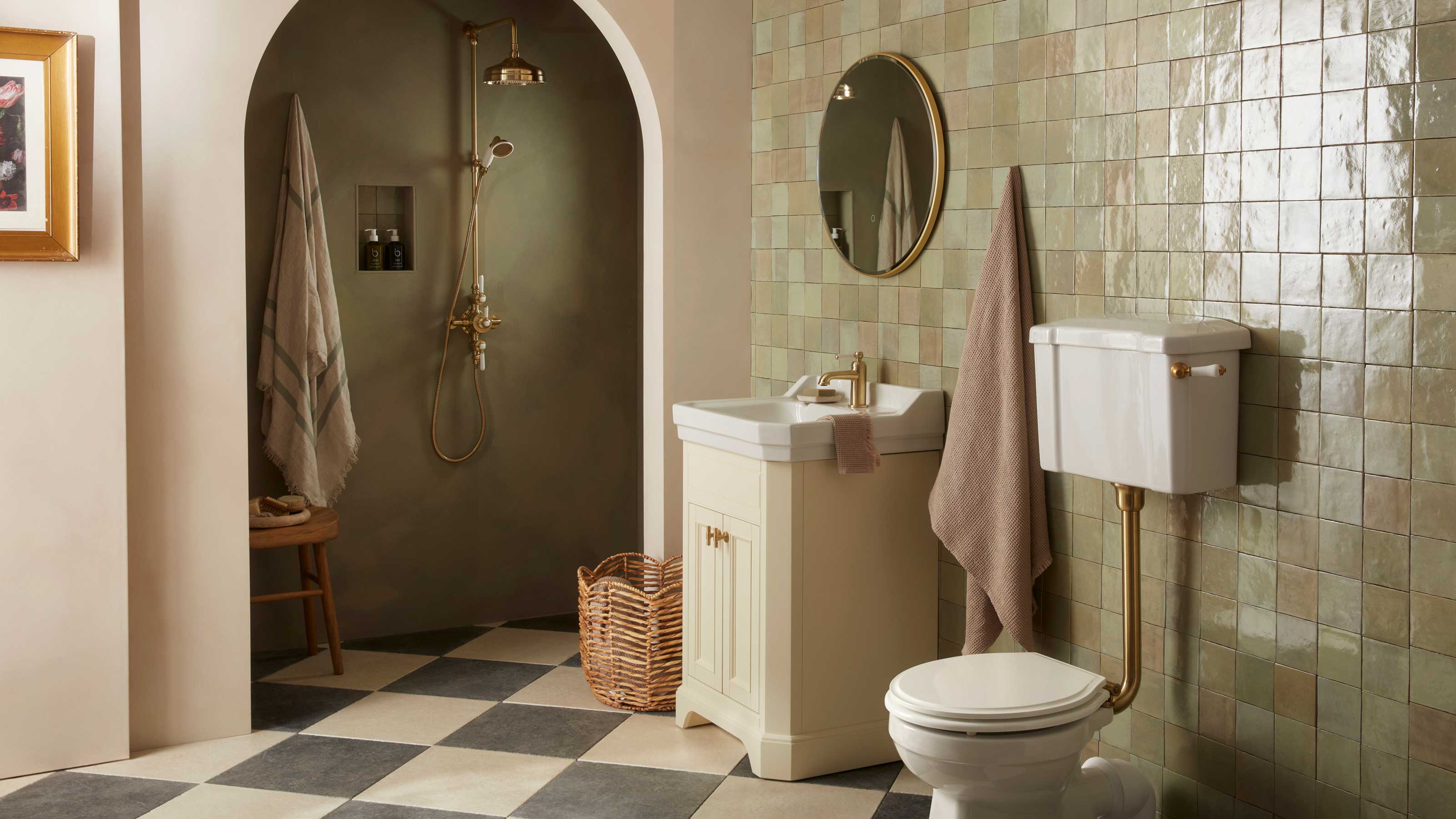 Is a wet room worth it? I asked bathroom experts whether a wet room adds value or makes it difficult to sell
Is a wet room worth it? I asked bathroom experts whether a wet room adds value or makes it difficult to sellNot everyone sees a wet room as a positive so we asked the experts how to design a space that will add value and help your home sell fast
By Natasha Brinsmead